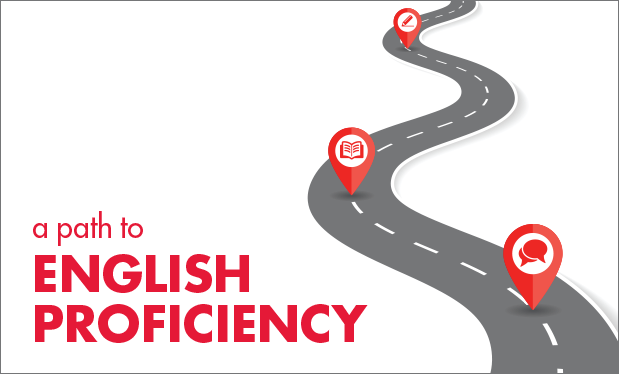For the first time, the International Existing Building Code, 2015 Edition (IEBC 2015) includes specific code requirements applicable to reroofing. IEBC 2015 also provides additional and sometimes more complex code requirements than those contained in the International Building Code (IBC) and International Residential Code (IRC).
Reroofing requirements
IBC and IRC were developed and are maintained with the primary intent of applying to new construction. One exception is both codes also address reroofing—re-covering and replacing existing roof coverings on existing buildings.
For example, in IBC 2015, reroofing is addressed in Chapter 15—Roof Assemblies and Rooftop Structures, Section 1511—Reroofing. Similar requirements are included in IRC's Chapter 9—Roof Assemblies where Section R908—Reroofing specifically addresses re-covering and replacing existing roof coverings.
Additional requirements
IEBC 2015's scope indicates it "… shall apply to the repair, alteration, change of occupancy, addition to and relocation of existing buildings." Italicized terms are defined in Chapter 2—Definitions.
New definitions have been added in IEBC 2015 for reroofing, roof re-cover, roof repair and roof replacement. The terms and their definitions are the same as those in IBC.
IEBC 2015 classified work on existing buildings into three categories: Level 1, Level 2 and Level 3.
Level 1 alterations include the removal and replacement or the covering of existing materials, elements, equipment or fixtures using new materials, elements, equipment or fixtures that serve the same purpose. Reroofing projects are considered Level 1 alterations.
Level 2 and Level 3 alterations are larger in scope. For example, Level 3 alterations apply when the work area exceeds 50 percent of the building (floor) area.
IEBC 2015's Chapter 7—Alterations—Level 1 includes a new section, Section 706—Reroofing, that was not included in IEBC's previous editions. This section's requirements are identical to those of IBC 2012's Section 1510—Reroofing.
IEBC 2015's Section 707—Structural includes some additional requirements applicable to reroofing.
Section 707.2—Addition or Replacement of Roofing or Replacement of Equipment indicates when roof system replacement results in additional dead load; structural components supporting the new roofing materials need to comply with IBC. Exceptions to this requirement include where the dead load does not increase element forces by more than 5 percent; buildings designed in accordance with IBC's conventional light-frame construction methods or IRC; or where the new second layer weighs less than 3 pounds per square foot.
Section 707.3—Additional Requirements for Reroof Permits provides additional structural requirements for projects where the authority having jurisdiction (AHJ) requires reroofing permits.
Section 707.3.1 requires unreinforced masonry parapets for buildings where more than 25 percent of the roof area is being reroofed in Seismic Design Category D, E or F to have new parapet bracing installed to resist IBC's seismic forces.
Section 707.3.2 requires buildings located in high-wind regions (Vult greater than 115 mph or in special wind regions) that are designed with roof diaphragms (roof decks) to be evaluated for structural adequacy. This requirement applies when more than 50 percent of the diaphragm is exposed during roof system replacement. The roof diaphragm, connections of the roof diaphragm to roof framing members and roof-to-wall connections are required to be evaluated using the current code's wind loads. If the diaphragm and connections are not capable of resisting 75 percent of the current code's wind loads, they must be strengthened or replaced according to IBC's requirements.
Being knowledgeable
Where adopted, IEBC 2015's structural reroofing requirements may be more stringent than IBC's and IRC's reroofing provisions.
Designers should determine whether IEBC 2015 is applicable and clearly indicate any additional work that is required for compliance in the construction documents.
The International Code Council, publisher of IEBC 2015, indicates the code currently applies in California and Colorado and in specific jurisdictions in Massachusetts, Mississippi, Oklahoma, Washington, West Virginia and Wyoming. Local AHJs can verify whether IEBC 2015 applies.
Mark S. Graham is NRCA's vice president of technical services.



